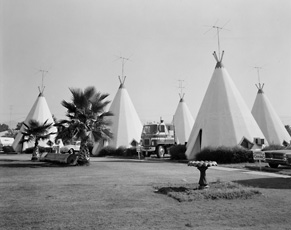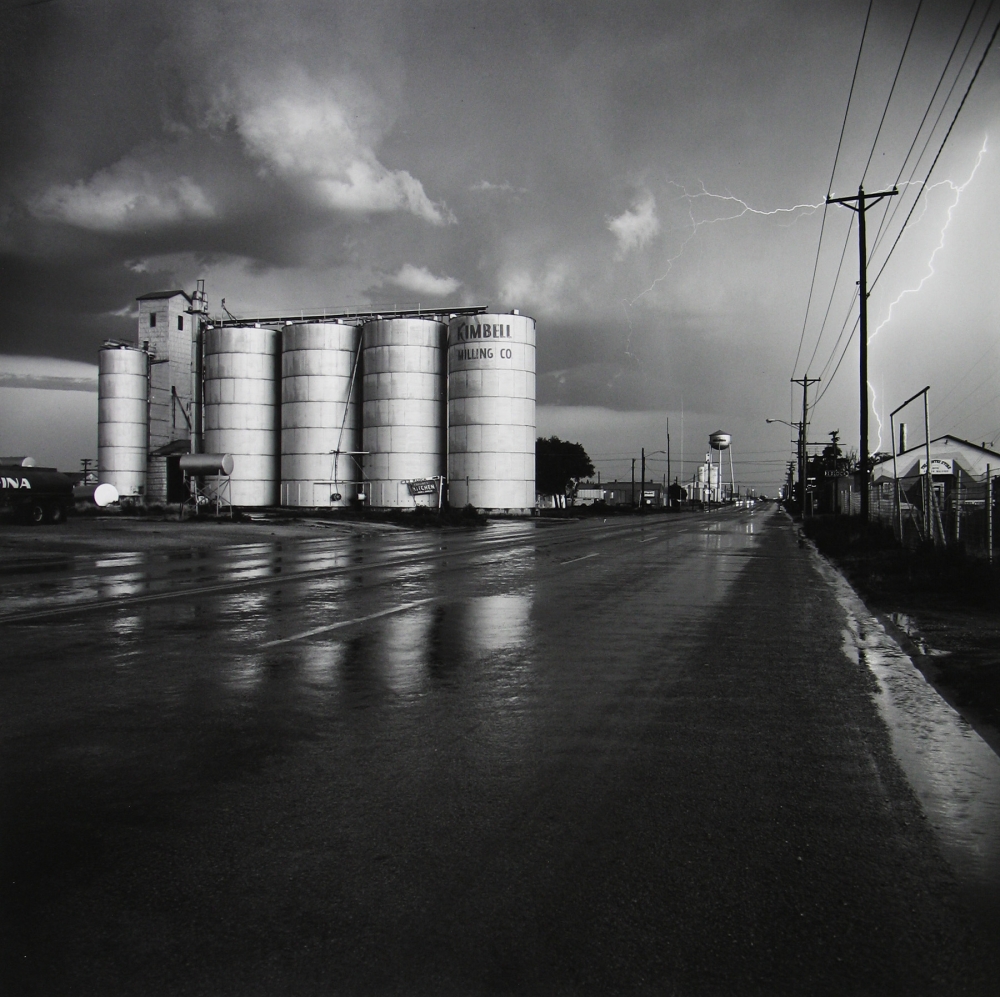New Topographics
“New Topographics: Photographs of a Man-Altered Landscape“
New topographics was a term created by William Jenkins in 1975 to describe a group of American photographers (such as Robert Adams and Lewis Baltz) whose photos had similar banal aesthetic, in that way they were formal, principally black and white prints of the urban landscape.
It was created to highlight the fact that the usual landscape photography which showed the beauty of nature without any human disruption was fake. So, photographers went out and started taking pictures of things that were man made with the usual natural landscape in it, just not as the main feature.It allowed people to understand that humans and nature can live in harmony, without destroying views etc.
In the 1970s, cars were being used by more people.As a result of this, more roads,car parks and petrol stations were being created which meant that fields were being covered with concrete which some people saw as an eyesore.

John Schott 
Robert Adams
Frank Gohlke
Frank Gohlke (born April 3, 1942) is an American landscape photographer. Gohlke′s photographs have been exhibited at the Museum of Modern Art; the Art Institute of Chicago; the Cleveland Museum of Art; the Minneapolis Institute of Arts; the Amon Carter Museum; and the Museum of Fine Arts, Houston. In 1975, he was included in the influential exhibition New Topographics: Photographs of a Man-altered Landscape, organized by the International Museum of Photography at George Eastman House. His photographs are held in the permanent collections of the Museum of Modern Art; the Metropolitan Museum of Art; the International Museum of Photography at George Eastman House; the Canadian Center for Architecture; the Art Institute of Chicago; the Amon Carter Museum; and the Walker Art Center.
https://www.howardgreenberg.com/artists/frank-gohlke

This image by Gohlke is a good example of New Topographics. The image includes the industrial side of Texas, however you can see a lightning bold in the top right hand corner of the image. Some could say that its nature reminding people it is still there. However, some could say that no matter what we put onto this earth, nature will almost always be present.
